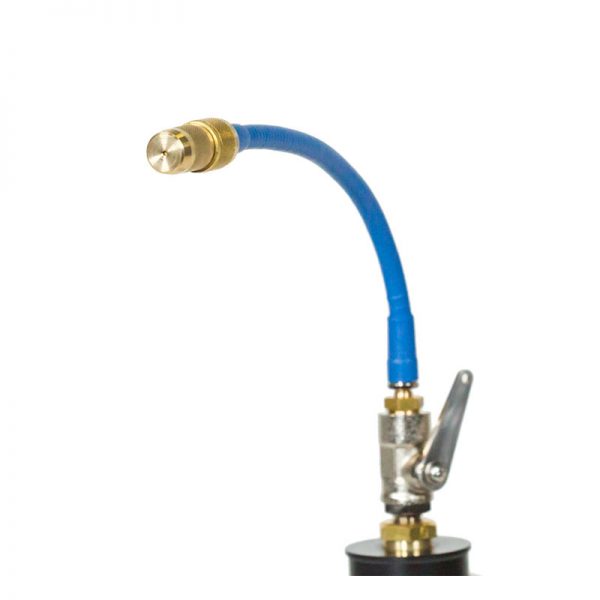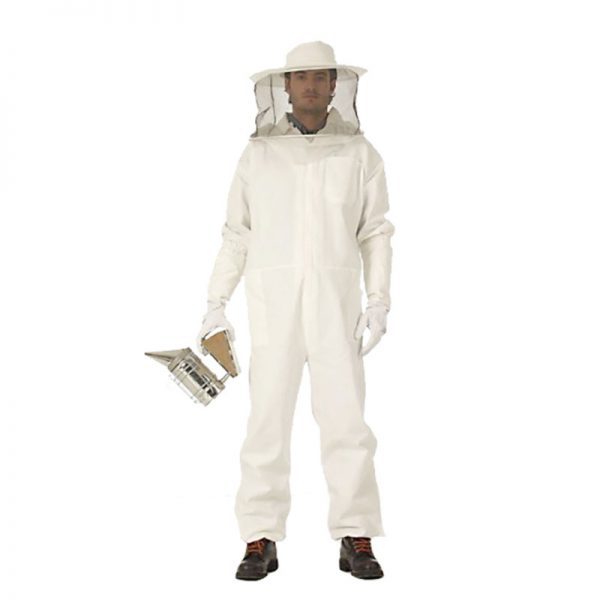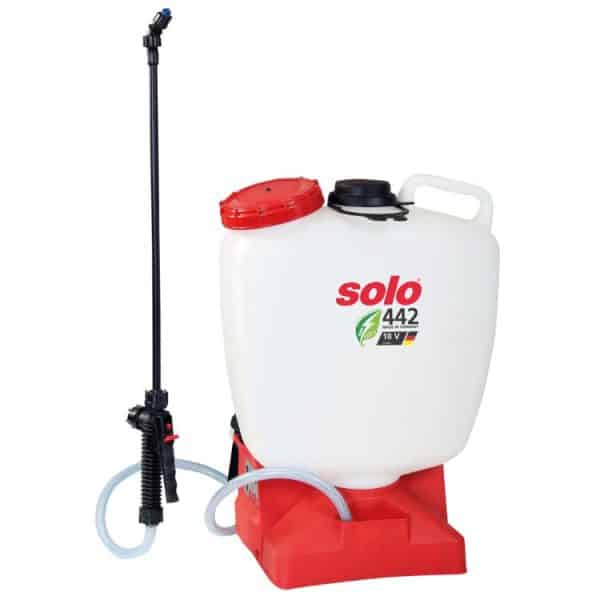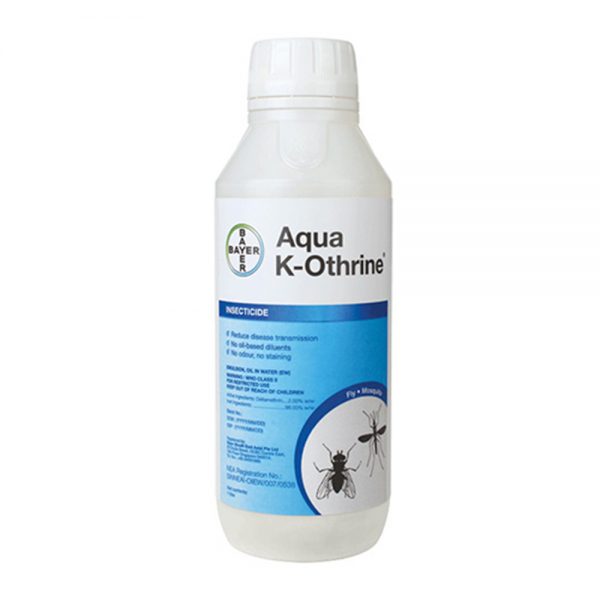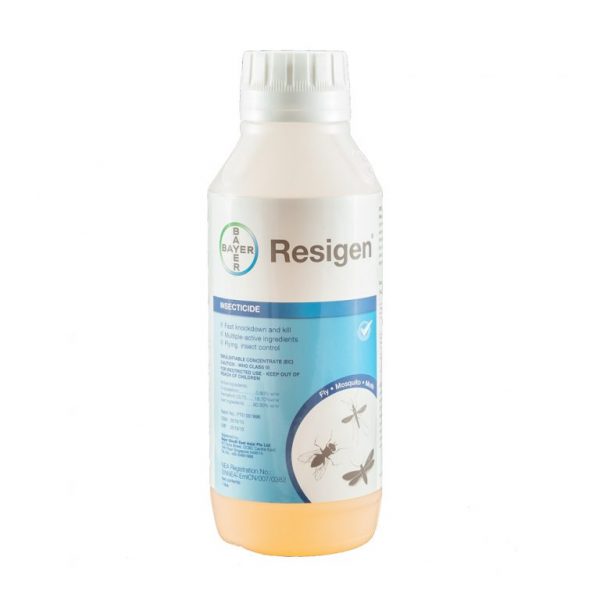BEES, HORNETS & WASPS
BEE, HORNET & WASP FACTS
BEES
Bees feed on nectar (energy source) and pollen (protein source). Bees consist of a caste system comprising of female workers, drones and queens that live in hives, which store their honey and pollen, and also housing the immature stages (eggs, larvae and pupae). Similar to wasps and hornets, bees have stingers which contain venom. If a person is stung by bees and is allergic to the venom, they could suffer from an allergic reaction (e.g. severe itching, inflamed skin, nausea, vomiting, swelling at stung area, breathing difficulties). It is advised to not disturb the pests because bees tend to attack only if their hive is disturbed.
HORNETS
Similar to wasps, they are carnivorous, feeding on other insects. They capture insects like caterpillar, flies and spiders to feed their young. Adults feed on sugar such as the juices of ripening and overripe fruits and honeydew (a sugary substance secreted by certain insects, like aphids). They often make their nests at a height above the ground.
Similar to bees and wasps, hornets have stingers and also contain venom in their sting. If a person is stung and is allergic to the sting, they could suffer an allergic reaction (severe itching, inflamed skin, nausea, vomiting, swelling at stung area, breathing difficulties). Hornet stings are generally more painful than wasps and some hornet species may carry a neurotoxin that can be deadly in very rare cases. Furthermore they are considered a dangerous pest and can be very aggressive if provoked.
WASPS
Wasps are major nuisances for homeowners. They have a very narrow waist and patterned black and yellow bands on their bodies (see image to right). Wasps live in large colonies underground or cavities in trees and buildings. Their nests consist of a paper comb and envelope built inside a sub soil chamber. The nest structure varies by species but usually consists of layers or combs which are sometimes spiralling. Wasps feed on nectar but are also carnivorous and prey on other insects. The nest will have one fertilised queen and a population of workers.
They give a very painful sting when defending the nest and their stings contain venom. Their venom sting contains proteins and enzymes that affect skin cells and the immune system, which may cause an immediate area to swell. Similar to bees and hornets, if a person is stung and is allergic to the sting, they could suffer an allergic reaction (severe itching, inflamed skin, nausea, vomiting, swelling at stung area, breathing difficulties). Wasps navigate by the sun and they are typically less active after sunset.
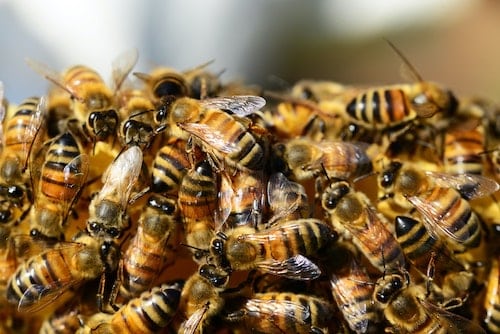
METHOD OF TREATMENT FOR BEES, WASPS & HORNETS
Treatment and prevention of bees, hornets and wasps are similar:
1) Sanitation – Reducing clutter in and around buildings.
2) Proofing of buildings – Seal off potential entry points to prevent bees from entering buildings.
3) Call for a professional pest control to remove the nest. For bees, you may also contact beekeepers to relocate the nest to a safer environment.
4) Chemical treatment performed by professional pest control. Do not attempt to get rid of the nest by yourself especially when you are allergic to bees, hornets and wasps stings.
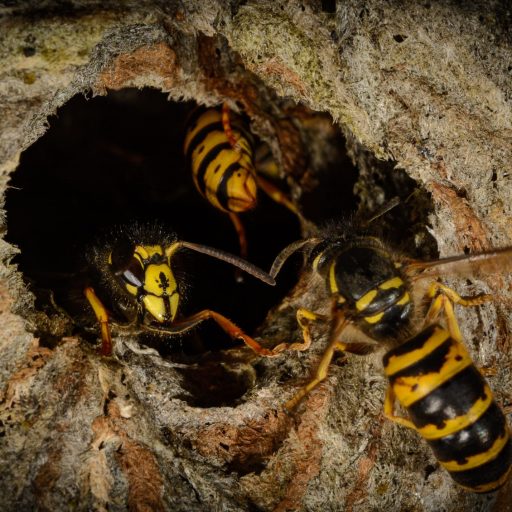
SIGNS OF BEE, HORNET OR WASP INFESTATION
BEES
Common signs of bees infestation include:
1) Bee foraging for nectar and pollen.
2) Bee hive formed at a protected spot away from strong wind.
3) Swarming bees to form new hive.
3) Increase of bees activities in and around your home may indicate that a nest is nearby. Sometimes, you might hear their buzzing sound.
4) Carpenter bees will bore into wood and create smooth bore-holes in order to lay their eggs.
HORNETS
A hornet infestation can be identified by their huge nest which they build on trees, or on structures (e.g. roof eaves, fences or benches), and within low-lying shrubs.
WASPS
Wasp infestations can determined by their nests build in the air, on the ground or even in underground burrows. They do not protect the interior of their nests the way hornets do. Some constructs an open, cone-shaped nest in piles of twigs or in shrubs or trees as well as under the eaves and in the rafters of houses. Other wasps like mud daubers construct nests of small mud galleries.

TYPES OF BEES, HORNETS & WASPS
Bees are often identified by their fuzzy appearance, flying insects with yellow and black stripes. In Singapore, you may encounter 3 main types of bees:
Honey bees – Many plants depend on honey bees or other insects as pollinators. They collect nectar and pollen during their foraging trips to store them as honey. Honey bees are social insects that form large colonies. They will readily sting to protect their hive when threatened or disturbed.
- Asian Honey Bee, Apis cerana
- Giant Honey Bee or Malayan Honey Bee, Apis dorsata
- Red Dwarf Honey Bee, Apis florea
- Black Dwarf Honey Bee, Apis andreniformis
Solitary bees – Unlike the honey bees, they live singly or in small groups rather than in colonies. Solitary bees therefore do not construct hives. Nesting sites for solitary bees include dead wood, twigs, and under the soil.
- Pearly-banded Bees, Nomia spp.
- Leaf-cutter Bees, Megachile spp.
- Digger Bees, Amegilla spp.
- Large Carpenter Bees, Xylocopa spp.
Stingless bees – tiny insects often no bigger than a pinhead and live in large colonies like Honey Bees. They nest within crevices in trees and gaps in man-made structures.
- Stingless Bees, Tetragonula spp.
All hornets are wasps, but not all wasps are hornets. Hornets are stinging insects that are part of the wasp family that live in large colonies that build their nests using plant fibres. Hornets are specific types of wasps and are usually a little rounder and fatter than the common wasp with hairless bodies. The major difference between wasp and hornets are size and colour. Here are the types of wasps can be found in Singapore:
Hornets – Like the honey bees, hornets will readily sting to defend their hives. Their hives include on trees, within low-lying shrubs, and even on the ground, building facades or on man-made objects, such as under the eaves of roofs and on fences.
- Greater Banded Hornet, Vespa tropica
- Yellow Vented Hornet, Vespa analis
- Lesser Vented Hornet, Vespa affinis
Wasps – Mud daubers are also known as mud dauber, mud wasp, dirt dauber or potter wasps and can easily detectable by trademark nests, which look like pipes and contain several chambers (each housing a single egg). Mud dauber nests differ from other wasp nests because there are no combs. The organ-pipe mud dauber constructs nests that look like long, thin pipes, while other mud daubers typically create urn-shaped nests.
- Pear-tailed Potter Wasp, Delta pyriforme
- Banded Paper Wasp, Polistes sagittarius
- Sumatran Paper Wasp, Ropalidia sumatrae
- Paper Wasp – Ropalidia timida
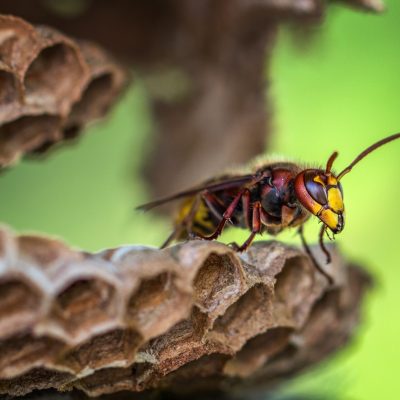

 CHEMICALS
CHEMICALS